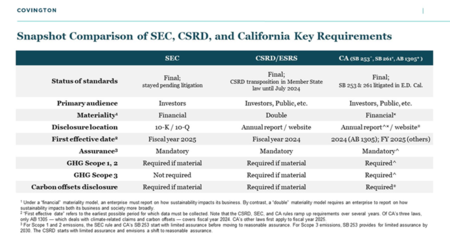There are cells in the body known as pluripotent stem cells that are yet to specialize in a particular biological function. These cells maintain the potential to become any of the possible cell types in an organism. Pluripotent stem cells have shown great promise in fields such as regenerative and transplant medicine for their properties, including unlimited self-renewal. The protein NANOG is the telltale marker of pluripotent stem cells and a necessary ingredient to reset specialized cells back into naïve, untrained stem cells. How human NANOG accomplishes this feat remains largely a mystery.
Researchers at Baylor College of Medicine and collaborating institutions report in the journal Nature Cell Biology insights into the mechanism of how human NANOG facilitates the activation of cell pluripotency. The team discovered that NANOG’s ‘super stickiness’ enables it to form large aggregates at very low concentrations. These aggregates interact with chromatin – strings of DNA and proteins that coil to form chromosomes carrying the cells’ genetic information – to reshape the genomic landscape in a way that activates a pluripotent state.
“Resetting specialized cells to a pluripotent state requires massive reorganization of the chromatin and changes in gene expression – turning on genes involved in pluripotency and turning off genes that specify specialized cells,” said corresponding author Dr. Josephine Ferreon, assistant professor of pharmacology and chemical biology and member of the Dan L Duncan Comprehensive Cancer Center at Baylor. “Furthermore, coordinated gene activation often requires bringing DNA elements that are far apart closer to enable gene expression. We found that NANOG’s properties – its naturally floppy, flexible 3D shape and a C-terminal tail that is structurally akin to prion-like proteins – enable it to achieve this.”
Studying NANOG poses significant challenges
NANOG’s high tendency to self-adhere and aggregate poses a problem for traditional ensemble techniques that require high protein concentrations. To study this very challenging protein, the team resorted to highly sensitive fluorescence approaches.
“In this study, we applied single molecule and fluorescence fluctuation microscopy techniques with which we can visualize whether two molecules interact with each other. The experiments were performed at very small concentrations, picomolar to nanomolar, where we can usually avoid aggregation and investigate highly aggregation-prone proteins,” said co-corresponding author Dr. Allan Chris Ferreon, assistant professor of pharmacology and chemical biology at Baylor. “However, with NANOG, even at extremely low concentrations, we still detected aggregation. Nonetheless, we were able to show that NANOG aggregation is actually essential to its function as a master transcription factor and a mediator of the bridging of DNAs. This phenomenon may be unique to NANOG.”
“We think that this phenomenon is the reason why NANOG expression is key to the establishment of pluripotency. When NANOG’s level is low, cells are prone to differentiate, and when its level is high, the ground pluripotent state or ‘full reset’ is achieved and maintained,” Dr. Josephine Ferreon said.
NANOG aggregates are similar to those of amyloids, which are culpable for Alzheimer’s disease and other neurodegenerative disorders. However, in NANOG’s case, the aggregates are not associated with a harmful condition, but with an essential cellular process, the activation of cell pluripotency. A growing body of scientific evidence suggests that not all amyloids are harmful, some can be rather functional. More and more of these amyloid-forming prion-like proteins are found to be molecular players of cellular functions such as gene expression, chromatin condensation and cell signaling.
The researchers think that NANOG acts like a molecular glue that can initiate and stabilize key chromatin interactions important for the pluripotent state. NANOG’s aggregation behavior also explains its role as a molecular ‘hub’ protein and its interactions with many important chromatin regulators that are involved in opening chromatin and recognizing and modifying specific chromatin regions.
“In the future, we hope to understand more about the role of NANOG and its prion-like region in recruiting or cooperating with important transcription factors, coactivators and epigenetic modulators to reshape the genomic landscape,” Dr. Josephine Ferreon said.
Other contributors to this work include Kyoung-Jae Choi, My Diem Quan, Chuangye Qi, Joo-Hyung Lee, Phoebe S. Tsoi, Mahla Zahabiyon, Aleksandar Bajic, Liya Hu, B. V. Venkataram Prasad, Shih-Chu Jeff Liao and Wenbo Li.
This work was supported by an NIGMS, NIH grant (R01 GM122763), NINDS, NIH grant (R01 NS105874, R21 NS107792 and R21 NS109678) and a Cancer Prevention and Research Institute of Texas (CPRIT) Scholarship. Part of this work is supported by the NIH ”4D Nucleome” program (U01HL156059), NIGMS (R21GM132778, R01GM136922), CPRIT (RR160083, CPRIT RP180734), the Welch foundation (AU-2000-20190330) and UTHealth Innovation for Cancer Prevention Research Training Program Postdoctoral Fellowship (CPRIT RP210042). Further support was provided by the Eunice Kennedy Shriver National Institute of Child Health & Human Development of the National Institutes of Health under award number P50HD103555.








